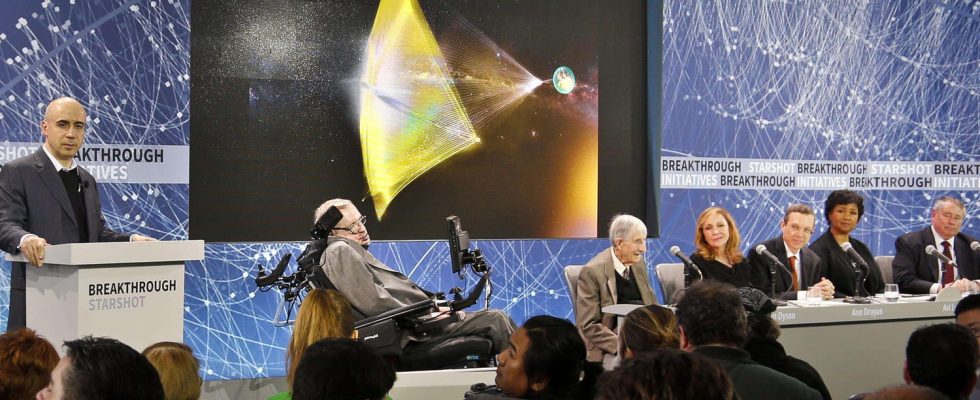Passionate about the search for extraterrestrial life, an astrophysicist from the prestigious Harvard University claims to have found a piece of an unknown spaceship.
The story begins in 2014, when a meteorite named “Cneos 20140108” fell to Earth, in the Bismarck Sea, off the coast of Papua New Guinea. As with every event of this kind, specialists begin to analyze the celestial object and one of them puts forward a rather new theory. For astrophysicist Abraham “Avi” Loeb, it is likely that this meteorite is actually part of an extraterrestrial spaceship!
Avi Loeb, born in Israel in 1962, is not an enlightened person. He is even a recognized scientist, director of the Institute of Theory and Computation at the Harvard Astrophysics Center and director of the Galileo project, launched within the American university. The objective of this unique project is precisely to investigate the possible existence of extraterrestrial technologies.
However, when Avi Loeb recently decided to go to Papua New Guinea to see the comet with his own eyes, the vast majority of scientists did not approve of this trip, which they considered unnecessary. As they mock and try to persuade him that this kind of trip is a waste of time, he replies: “I’m not using your funds for research; I’m not asking you for anything, I’m taking care of do the heavy lifting. Why be so negative?”
The scientist returned from his expedition in possession of spherules (glassy beads of metal and rock) from the meteorite. And he is fascinated by his discovery: Loeb explained to British newspaper The Guardian late November that the speed at which this meteorite was traveling was unusual. “This object was faster than 95% of the stars near the sun, compared to what we call the local norm,” he explains. He added: “That’s what first led me to suspect that it might have been a spaceship.”
The fact that the comet did not burn above the Earth also proves, according to him, that it could be composed of a more robust material than ordinarily observed. Its exact trajectory and other valuable data are still classified, but it is said to be “99.999%” certain that the fireball has interstellar origins.
For the Harvard professor, the elements brought back during this first trip are not sufficient and he plans to return there in order to recover denser pieces. Avi Loeb specifies Guardian that it will “then be easier to determine whether it is a piece of meteorite or a technological gadget. And of course, if it is a gadget, there should be screws , and maybe buttons.”
If his position on the 2014 meteorite remains little taken seriously today within the scientific community, Mr. Loeb confides to Guardianthat he regrets that his field of study is so poorly funded while other sectors, just as little tangible, sometimes benefit from very high budgets.
Avi Loeb also made headlines about the asteroid “Oumuamua”, the first identified object to come from outside the Solar System, spotted in October 2017. He suggested at the time that the small interstellar body could having been designed by an extraterrestrial civilization. He will argue his point on the fact that this asteroid, supposed to be a comet, did not create a trail in its passage as most comets do.
